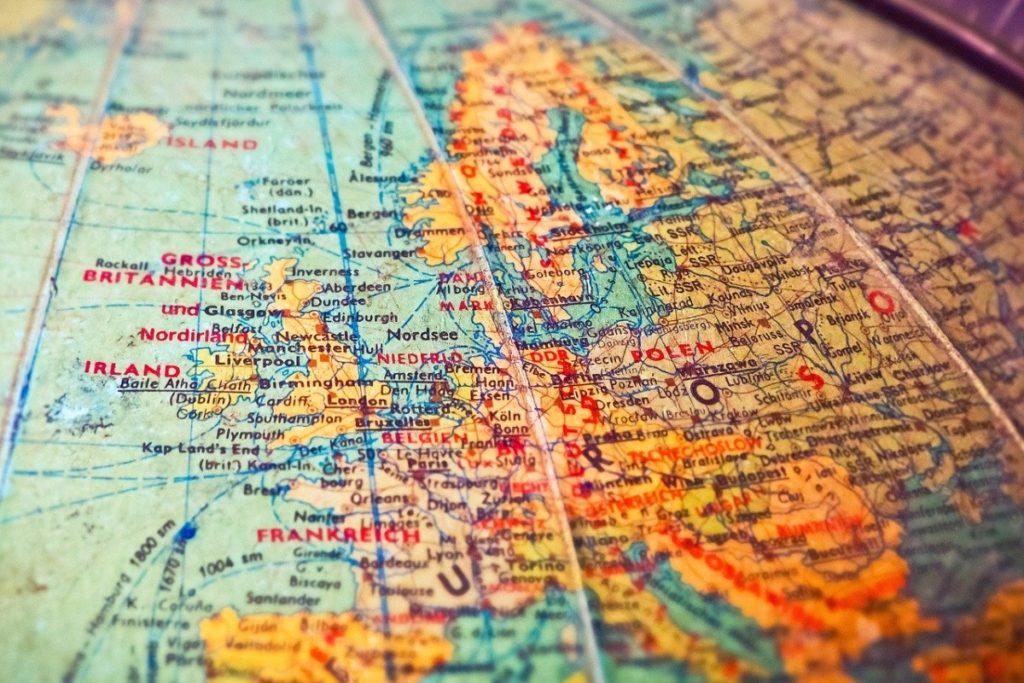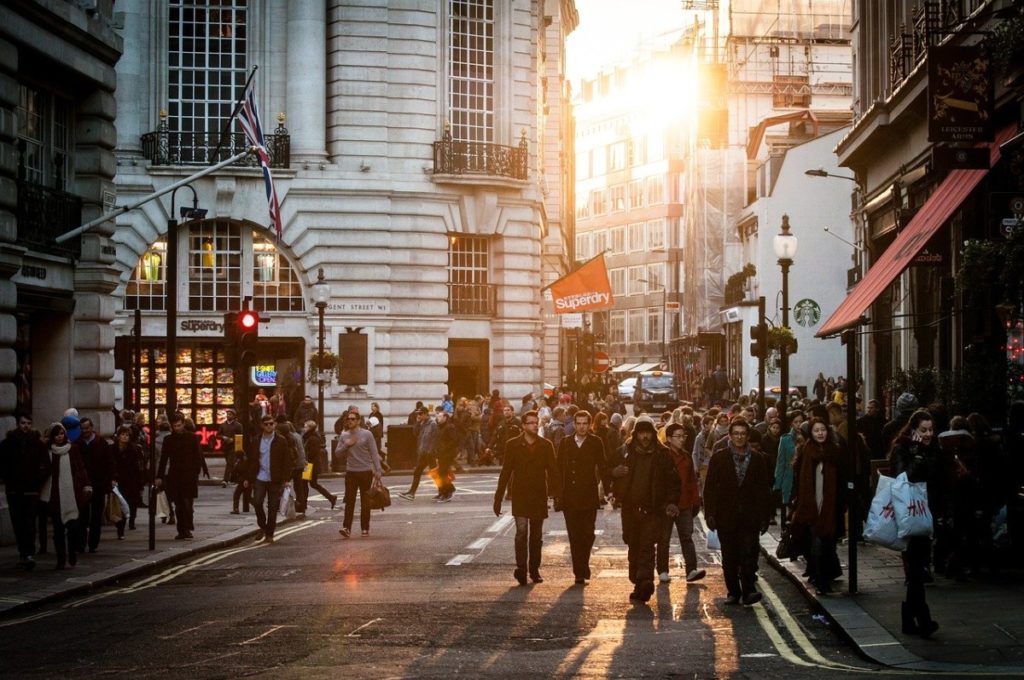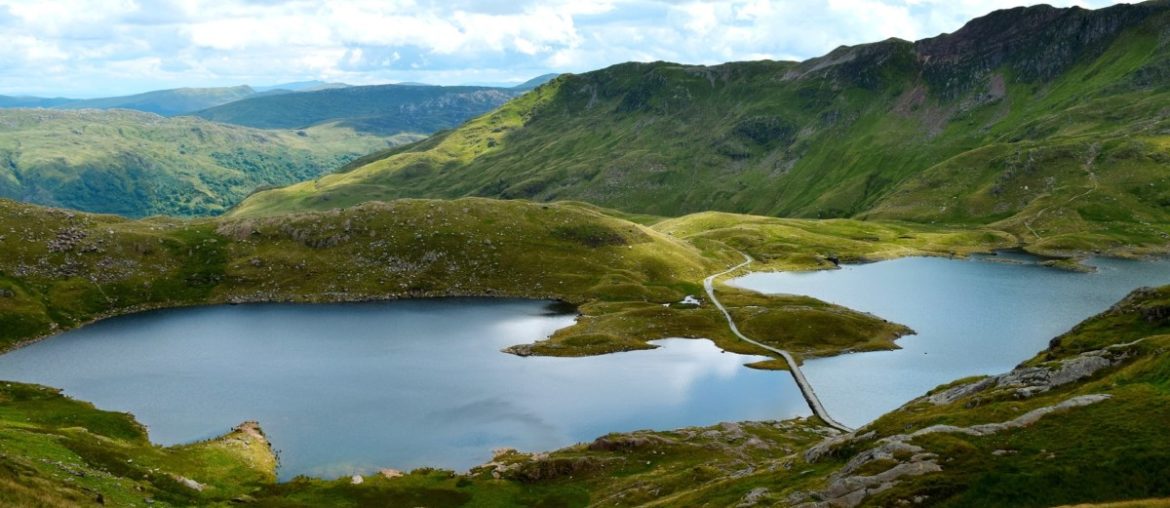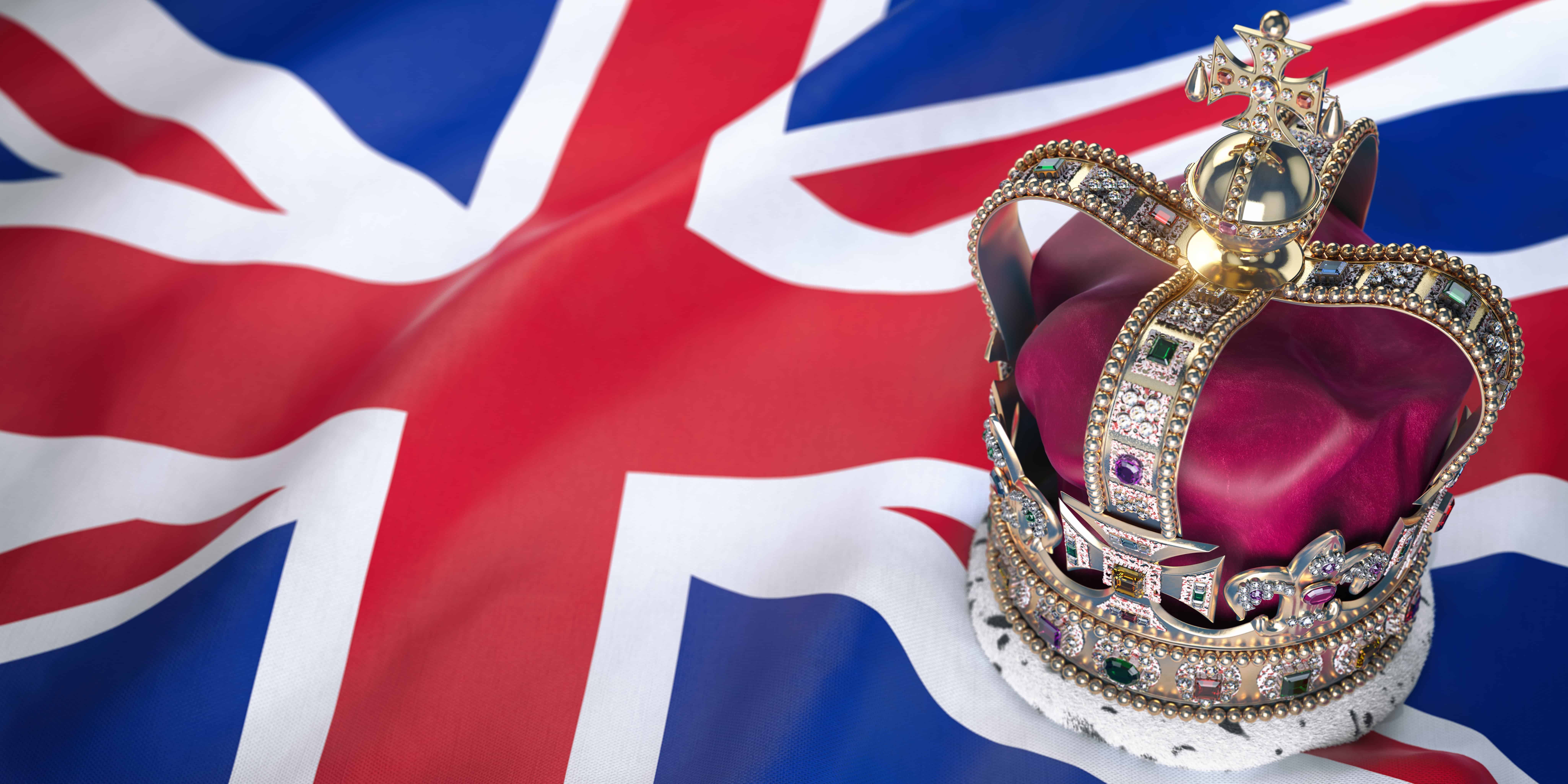A country’s geography has a significant impact on the development of its culture. Whether we realise it or not, we are all deeply connected to the ground we walk on.
Everything, from architecture to food, hobbies, and social interactions, is affected by the physical aspects of a country. That’s partially what makes travelling to a new place so fascinating.
Understanding a country’s geography helps you to understand its culture. That’s why, this week, we’re looking at one important part of the UK’s terrain – its size.
How big is the UK really? How does its size affect us Brits? Let’s take a closer look before you visit Britain.
“Little Britain”

Despite David Cameron calling Britain “a small group of islands” when answering a Russian official’s accusation of the UK being a “small island to which nobody pays attention”, the UK is, in fact, nothing of that sort. If continental landmasses are excluded from the comparison, the UK ranks ninth in terms of size, making it much larger than, for instance, Cuba or Sri Lanka.
Sure, it’s no Greenland (which, at 2,139,800 km2, is almost 10 times larger and is somewhat of a giant island), but it fares pretty well. It is only when compared to its continental counterparts that the UK appears to cut a sorry figure.
The UK’s islands only rank 78th in the world, sandwiched between the African nations Gabon and Guinea, and easily surpassed by countries like Germany, France and Spain. The U.S. states that are bigger than the UK include Alaska, Texas, Oregon, Montana, and New Mexico.
You’d also be gutted to find out that the UK can fit into Australia’s Queensland state a whopping 7 times, and that North Queensland alone is the size of Scotland. So why does the UK still play such an essential role on the world stage?
While the UK’s surface area is not impressive, its population makes up for it, especially when compared with that of its European neighbours.
Imagine all the people

For a country consisting of a group of islands, the UK has a population surpassing that of its much larger canal neighbour, France, by a whole 1 million. In fact, the country of baguettes, chansons, and trade union strikes has a surface area of 643,801 km², which makes it exactly 2.65 times bigger than the United Kingdom.
If this surprises you, consider the following: the UK’s population also largely bypasses that of another royal family’s home country, namely Spain, which at a size of 505,990km2 is more than twice as big as the UK.
In fact, the UK’s population density is 259 individuals per square meter. Contrast that with Spain’s 91 per square meter, and you might get the impression that Spain’s residents have vast stretches of untouched land, and British people live in tower blocks.
While that might be somewhat of an exaggeration, Brits live in comparatively cramped conditions. This, however, is mainly due to England and, more specifically, global hub London, where one-third of the UK’s population resides (more than 9.6 million people).
Thus, the capital accounts for a vast percentage of the UK’s relatively large population. Here’s an ethnicity breakdown of the London population as of 2021 (source).
| Ethnicity | % in London (2021) |
| Black Caribbean | 55.4 |
| Bangladeshi | 49.9 |
| Black | 49.3 |
| Black other | 49 |
| Black African | 46.8 |
| Any other | 45.1 |
| Other | 44.3 |
| Arab | 42.1 |
| Asian other | 41.2 |
| Roma | 37.3 |
| Mixed other | 36.5 |
| Indian | 35.2 |
| White other | 35.2 |
| Chinese | 33.1 |
| Asian | 33 |
| Mixed White/Black African | 31 |
| White Irish | 30.8 |
| Mixed | 29.4 |
| Mixed White/Black Caribbean | 25.8 |
| Mixed White/Asian | 25.6 |
| Pakistani | 18.3 |
| All | 14.8 |
| Gypsy/Irish Traveller | 10.4 |
| White | 9.7 |
| White British | 7.3 |
With the UK ranking third on the list of Europe’s most populous countries, it is surpassed only by Turkey (81 million inhabitants), Germany (82 million), and Russia (143 million). This would help explain the UK’s continued importance on the global stage, suggesting that the population is indeed a good measure of a country’s size.
We hope that puts the UK and its culture into context for you. If you’d like to learn more about the UK, be sure to check out our range of fantastic and educational tours in London.



